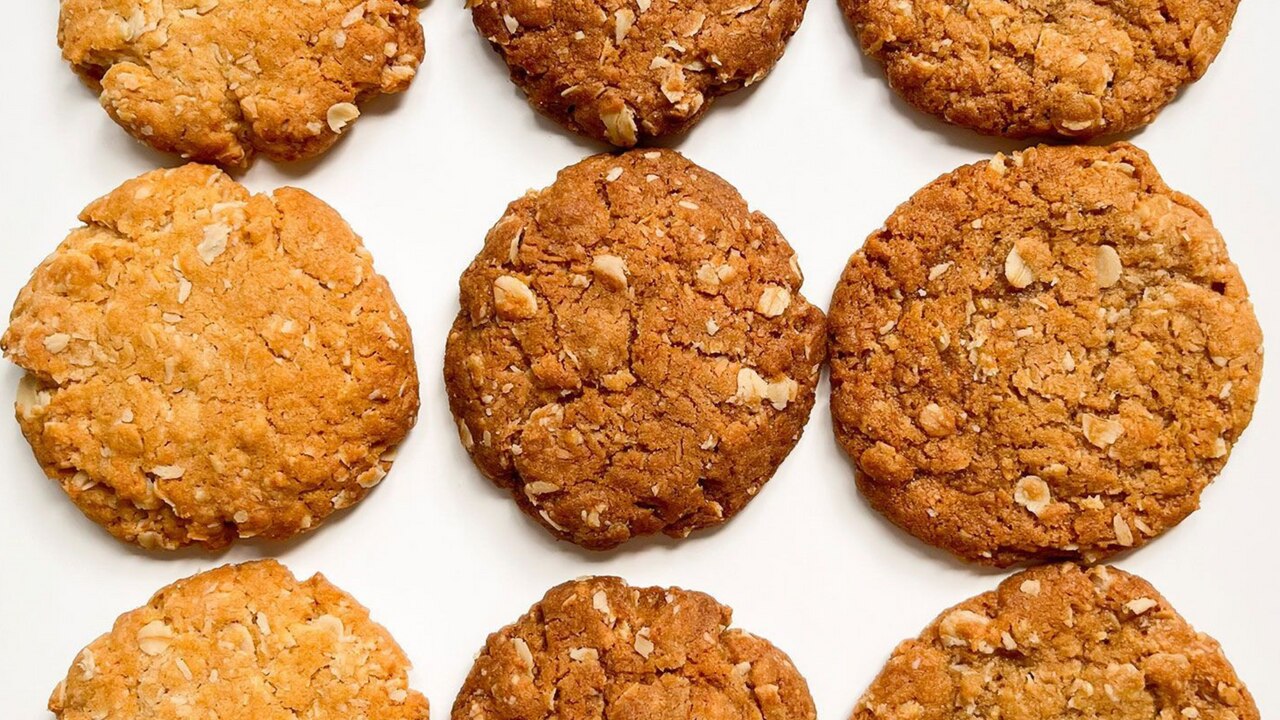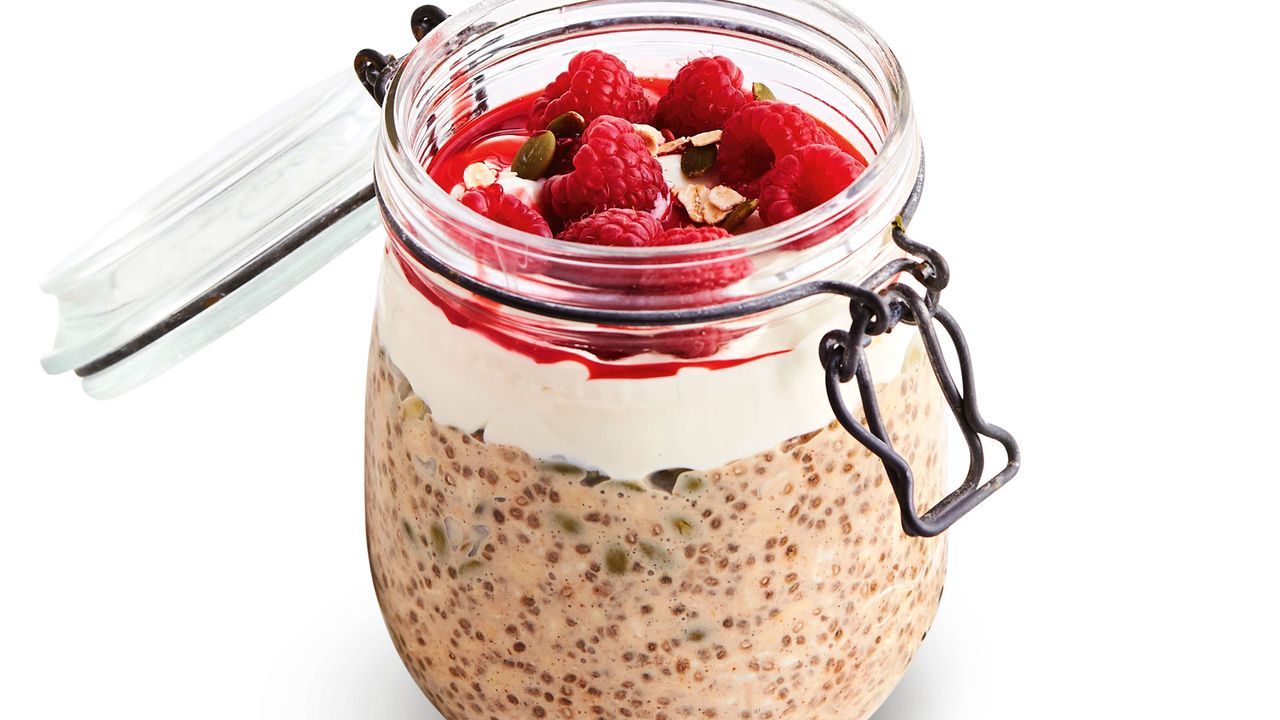How to master your stir-fry cooking skills: top 10 tips from taste
It’s the perfect dish to cook after a long day at work as stir-fry dishes — with either noodles or rice — are easy to make. Here’s how to master stir-fry cooking skills.
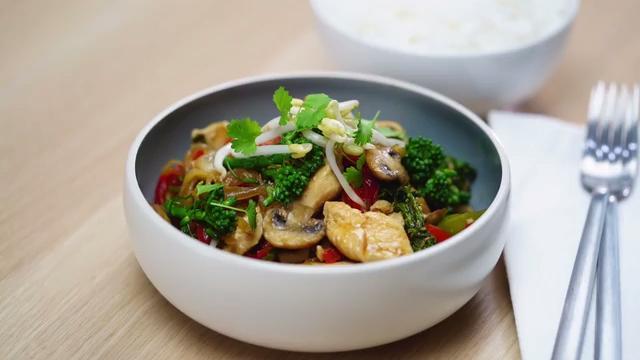
Nothing hits the spot like a hot, steaming bowl of stir-fry. It’s the perfect dish to cook after a long day at work, and is great to make ahead and store for a week’s worth of lunchtime meals.
Fry up Mongolian lamb, and pork crackling, or slice up a pile of rainbow-coloured vegetables and coat them in delicious stir-fry sauce for a tasty vegetarian meal.
Follow taste.com.au’s top 10 tips to stir-fry perfection.
Best pans for stir fry dishes
Cast-iron or carbon-steel woks work particularly well as they hold the heat evenly. If you don’t have a wok, use a large, deep non-stick frying pan.
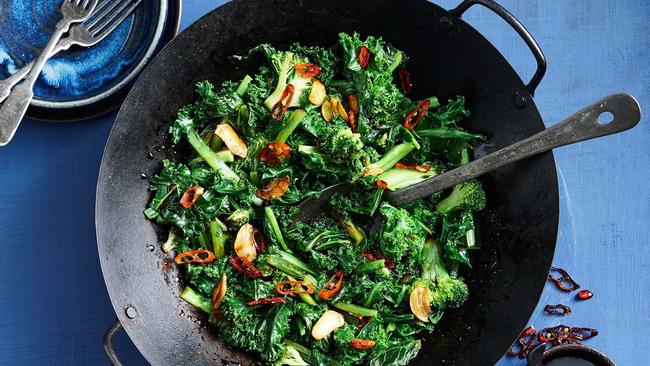
Stir fry cooking tips
Marinate
Always marinate your meat. It keeps meat tender and adds to the flavour.
Prepare
Have all ingredients chopped and measured before you start. Wash and dry well before chopping as wet vegetables add moisture to the dish.
Cut vegetables into similar-sized pieces so they’ll cook evenly.
Preheat your wok before you add the oil. Once you add the oil, give it a swirl to coat the base and side. As stir-frying is done over a high heat, it’s best to use oils with a high smoke point.

Use a metal chan (Asian wok stirrer) or wooden spatula when stir-frying to gently push and toss the food around the wok. Chans are also great for removing food from the wok.
Cooking
Always cook your meat first in small batches to seal it and keep it tender. Adding too much meat will reduce the temperature of the wok and make it stew, resulting in tough, flavourless meat. Don’t overcook the meat at this stage as it will continue to cook when it’s returned to the wok.

Stir-fry onions first, then add hard vegetables such as carrot and broccoli. Quick-cooking vegetables, such as snow peas, leafy greens and bean sprouts, should be added towards the end of cooking. If using vegies that have a combination of both textures, such as gai laan, add the stems first and the leaves later.
Add sauces and pre-cooked noodles last. They only need to be stir-fried until just heated through.
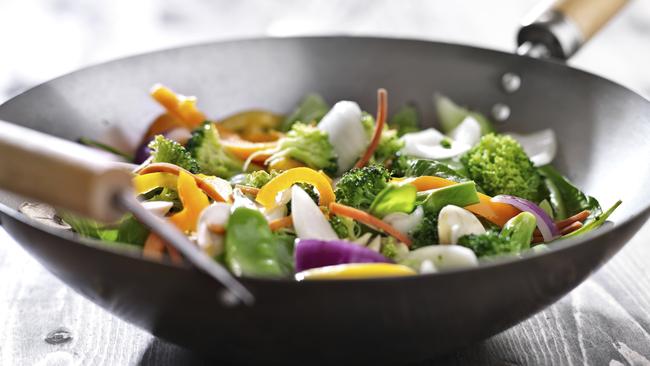
How to clean a wok
Clean your wok by washing in hot water. To stop your wok from rusting, make sure it’s completely dry and then wipe the surface lightly with vegetable oil before packing away.
Top stir fry recipes:
Vegetarian spring green stir-fry
For more recipe ideas, go to taste.com.au or check out the Taste Test Kitchen now.
Originally published as How to master your stir-fry cooking skills: top 10 tips from taste

